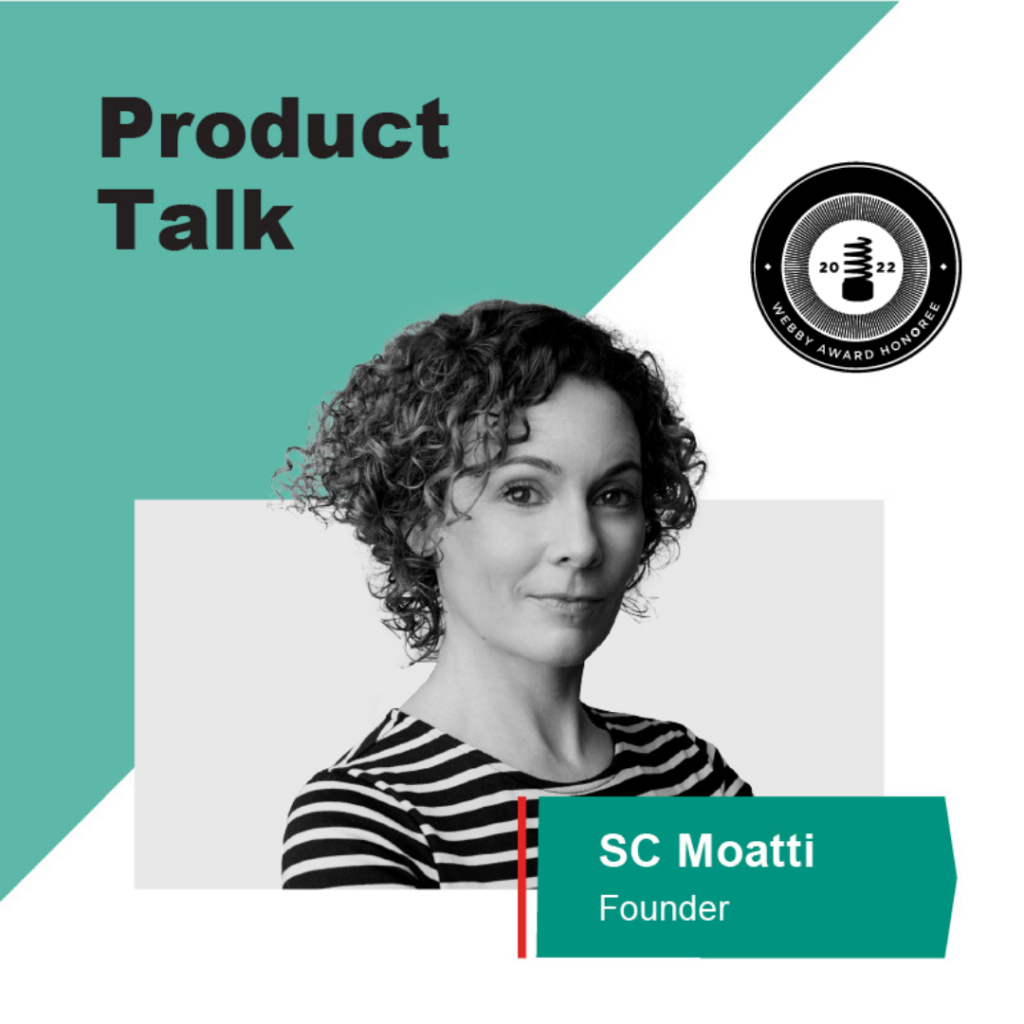This is the fifth and final episode in the Capgemini Leaders in Innovation podcast series. In this conversation, Capgemini Consulting VP Adrian Penka speaks with Rockwell Automation Industry Lead Glen Fields. The discussion revolves around digital transformation in the manufacturing world. This includes key trends in manufacturing such as AR, cloud, and data analytics. Additionally, they consider digital twin opportunities for original equipment manufacturers (OEMs). And Glen lays out five keys for companies looking to pivot from products to services.
Subscribe to the Product Talk podcast on Spotify and Apple Podcasts and catch every conversation with leading product executives. New episodes go live every week.

On key trends in the manufacturing industry
Glen says that the key trends in manufacturing are AR, cloud, and data analytics. Moreover, these technologies are enabling original equipment manufacturers to navigate the digital transformation.
“In 2015, 36% of the people we surveyed hoped to implement augmented reality, and 35% thought it was hype. In our recent survey, 49% are using AR and wearables in their manufacturing flow. A lot of that has been driven by COVID and remote access capability.
“75% of the respondents view technology as a key solution to address workforce challenges. If you think about how many unfilled manufacturing roles out there today, it sums to the total of 800,000. And technology like AR helps recruit and enable this new emerging workforce.
“Just four years ago, many companies were resistant to move to cloud. Today, those concerns have nearly vanished. By using cloud-based services, you gain the technical and services support that, in many cases, is more efficient and cost effective than managing your own IT resources. And arguably more secure. And you get the added benefit of having access anywhere that only the cloud can provide.
“The next biggest trend that comes to mind is data analytics. We’re a data driven society today. The whole reason why we’re connecting machines and people and processes is to get data to make more informed decisions. AI is a game changer when it comes to the data acquisition and analysis tool sets, whether that is machine learning or deep learning. These new tool sets are allowing organizations to achieve efficiencies never dreamed of before.
“All of this is leading into the opportunity to truly unleash the value of smart connected machines, smart connected manufacturing, and smart connected operations.”
On digital twin opportunities for OEMs
Rockwell has built a new business model based on software and data services. They have also enabled new business models for their customers, the OEMs (original equipment manufacturers). These OEMs are now able to not just sell a machine, but a digital twin under an outcome-based services contract. As a result, there are exciting new opportunities for OEMs in smart manufacturing. Glen explains below.
“If you’re an end user, meaning somebody that operates a manufacturing facility, [you] may have ambitions to have a fully connected digital manufacturing enterprise. However, in a manufacturing plant, you typically have a lot of OEM machines. throughout your facility. You might have 100 different types of OEMs that comprise your factory. And it’s sometimes difficult to get the engineering source content to create a digital twin of a machine, for example.
“This, I believe, presents an amazing opportunity for an OEM to provide new capabilities of their product, when they deliver it to their customer. A machine can be delivered as a fully capable, smart-connected machine. Or even better yet, a digital twin of that machine, which then provides new monetization opportunities for the OEM to provide new services. Like virtual commissioning, connected worker solutions for operations and maintenance procedures, predictive monitoring. Perhaps it’s just-in-time maintenance, or delivery of repair components. It really opens up a whole lot of opportunities for new business models, specifically for the OEMs to service their customers.”
On 5 keys for companies transitioning into services
Many companies are looking to transition from products to services, and from services into software. That is key in the digital transformation in manufacturing. When Glen worked at the Irish-based professional services company Accenture, this transition was known as “the wise pivot.” Below, Glen outlines the five keys for successfully navigating this wise pivot.
“In today’s age, all companies need to be thinking about pivoting to the new. Businesses typically grow their core products to a point where growth begins to plateau. And as a business, you can choose to stay with your original business model and incrementally grow. Or you can look for new opportunities.
“In the case of smart manufacturing, companies can look to digital innovation to improve your product, your operations, maybe your customer experience. This can lead to maximizing your traditional core business, which is still very important to your overall business. But it gets you to that wise pivot, and expands into new opportunities with new products and new services and offerings. So you get the added benefit of both that core business and the growth business.
“So the technology tools are readily available today. They’re out there. But it requires understanding your customer, your customer needs, and being obsessed with satisfying them.
“I go back to my five points that I’ve outlined over the course of this discussion. They are:
- You need to know the outcome of what you’re trying to solve for.
- You need to know how to liberate the data.
- You need to know how to unite the data.
- You need to know what your call to action is.
- If you get all of that right, and you solve the outcome, then you’re ready to monetize a new business model.
“And that can really catapult you into the wise pivot.”
3 Comment(s)